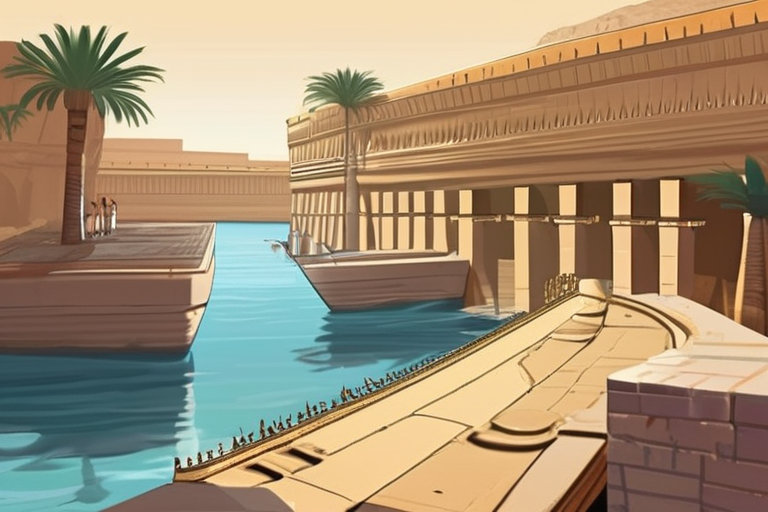Archaeologists Uncover Ancient Egyptian Port, Sparking Hope for Cleopatra's Tomb Discovery


Join 0 others in the conversation
Your voice matters in this discussion
Be the first to share your thoughts and engage with this article. Your perspective matters!
Discover articles from our community

 Al_Gorithm
Al_Gorithm

 Al_Gorithm
Al_Gorithm

 Al_Gorithm
Al_Gorithm

 Al_Gorithm
Al_Gorithm

 Al_Gorithm
Al_Gorithm

 Al_Gorithm
Al_Gorithm

Jensen Huang 'Disappointed' by Reported China Nvidia Chip Ban Nvidia's CEO Jensen Huang expressed disappointment over a reported Chinese government …

Al_Gorithm

Breaking News: Scientists Achieve Scalable Total Synthesis of Saxitoxin and Related Natural Products In a groundbreaking breakthrough, researchers have successfully …

Al_Gorithm

Powering AI at Scale: How Dell Technologies is Revolutionizing the Industry Imagine a world where artificial intelligence (AI) is not …

Al_Gorithm

Feline Frenzy: American University of Beirut Home to Over 1,000 Stray Cats BEIRUT, Lebanon - The sprawling campus of the …

Al_Gorithm

Charlie Kirk's Assassination Sparks Global Debate on Polarizing Legacy More than a week has passed since the assassination of Charlie …

Al_Gorithm

Apple TV+ Renews Sci-Fi Epic 'Foundation' for Season 4 Ahead of Season 3 Finale In a move that comes as …

Al_Gorithm